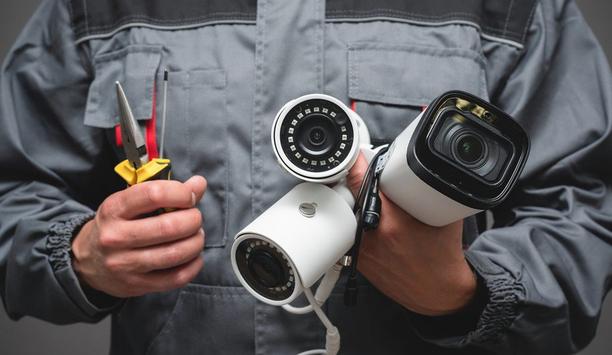Frictionless access system
With door access control, the users face is their credential. The Alcatraz Rock uses three-dimensional sensors and long-range scanners to authenticate users in real-time for smooth access. The facial authentication system allows verified users to access the secured area without creating additional friction in the workspace.
Although the access control works with any third-party badge reader, companies can significantly reduce the number of touchpoints in their building for efficient workflow and security.
Full scaling
implementing door access control systems throughout an organisation is a simple task with AI technology. The AI-powered system can connect with other touch access points and create a full-scale network for the following industries:
- Enterprise and Data Centres
- Healthcare
- Financial Services
- Energy & Utilities
- Education
- Government
- Stadiums and Arenas
- Telecommunications
Completely autonomous
In the future of security technology, the autonomous system secures areas, reducing the need for physical guards
The future of security means having a door access control system that practically monitors itself. With autonomous access control, users get exactly that. Through the use of advanced algorithms and machine learning, an AI security system can operate itself.
It can detect threats, adjust security perimeters where necessary, and even identify potential problems based on its observations. Plus, it will consistently learn on its own and continue to improve. So, if any more security exploits come to fruition in the future, the system can identify them and figure out how to stop them. In the future of security technology, the autonomous system secures areas, reducing the need for physical guards.
Multiple methods combined
Users are likely familiar with the concept of multi-factor authentication on digital fronts, but it’s possible to implement it physically as well. Door access control isn’t limited to the face authentication that comes out of the box with most AI systems.
Many of them, like the Rock, can integrate and cooperate flawlessly with other security methods such as badge ID scanning. That way, users can build more robust security checkpoints that still run smoothly due to the AI coordinating them.
Sharper detection
New systems can identify tailgaters, check if they have access, and alert admin when they become a problem
The future of security wouldn’t be complete without previously unheard-of detection potential. Modern door access control systems are built on the principle of zero trust architecture. That means that no leeway is given to any users, at all. Any suspicious activity, no matter how small, is flagged and reported.
Combined with long-range visual scanning, the system can monitor the property and catch even the smallest of threats, including tailgating. Through tailgating, unauthorised people could gain access by following a person with access. New systems can identify tailgaters, check if they have access, and alert admin when they become a problem. And users can trust that it works since the system has little to no room for error.
Streamlined systems
All in all, the future of security technology will be a fully streamlined approach that allows AI technology to coordinate all processes with ease. Once a door access control system is set up and turned on, the AI will be able to establish its network, identify threats, and allocate proper resources where necessary. Humans hardly need to do anything other than turn it on.







